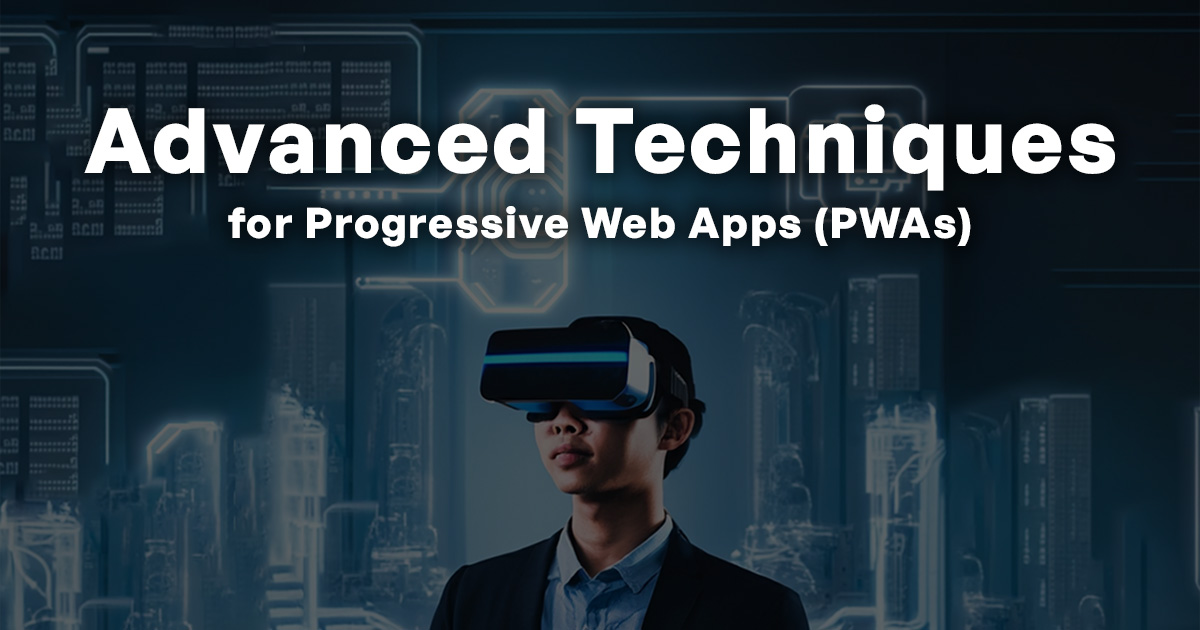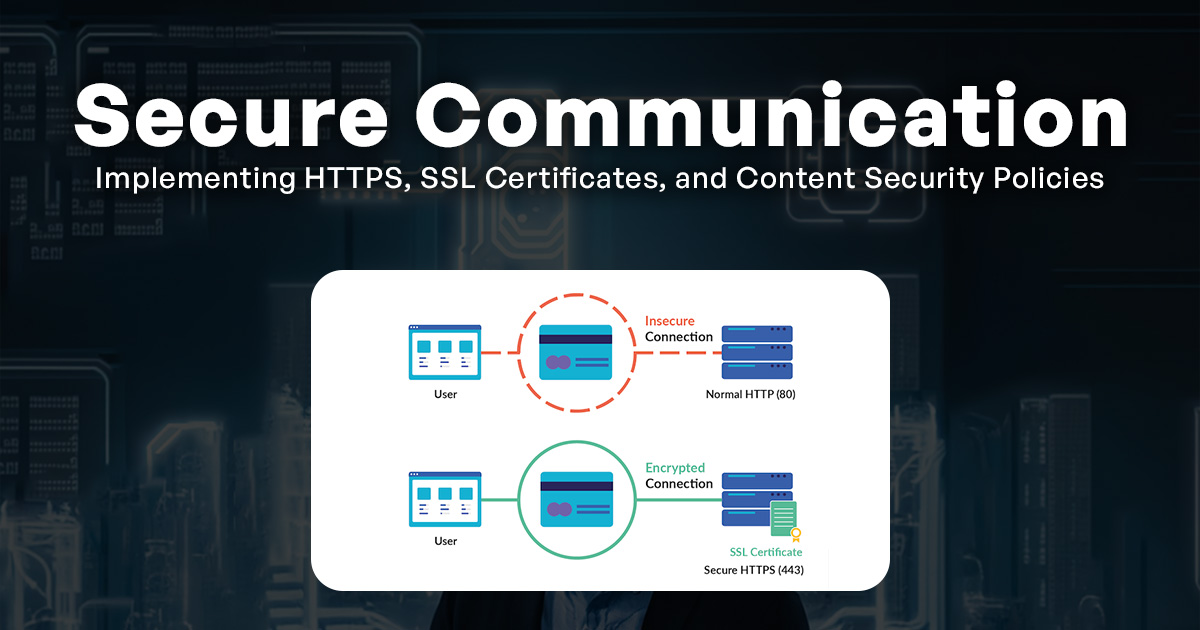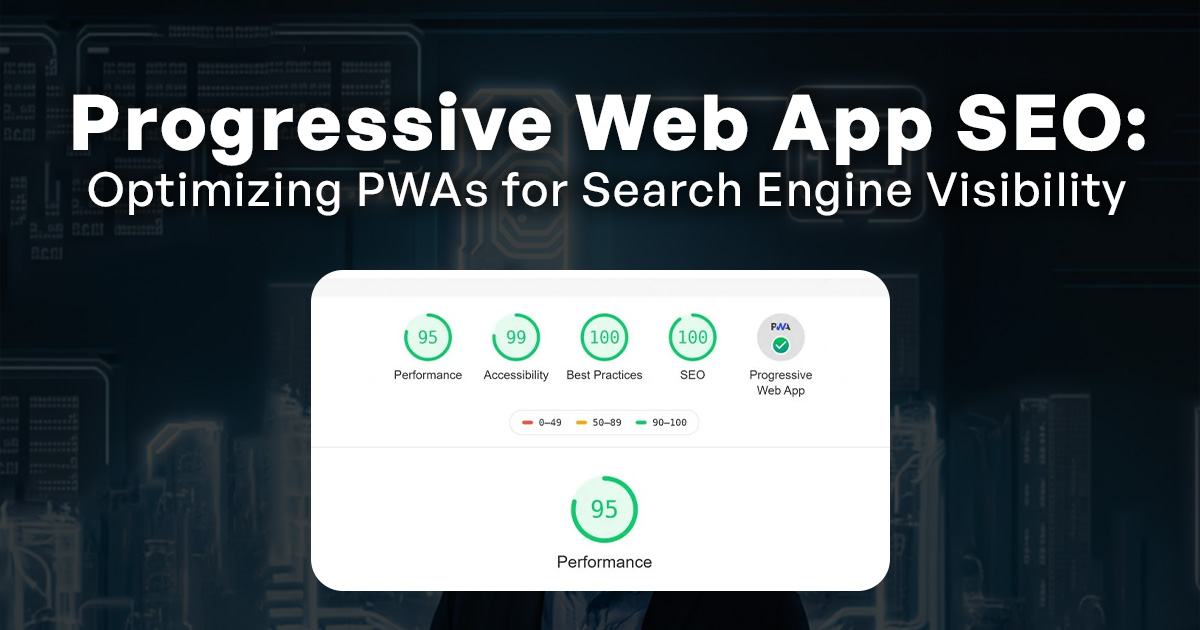
This article aims to explore advanced techniques for Progressive Web Apps (PWAs), focusing on various aspects such as:
- Service worker functionality
- Offline support
- User experience enhancements
- Push notifications
- Secure communication
- Integration of native device features
- Accessibility considerations
- Search engine optimization
By examining these topics in an objective and impersonal manner, this article seeks to provide a comprehensive understanding of the technical advancements in PWAs and their potential impact on web development practices.
Key Takeaways
- Background sync allows offline data to be synchronized with the server once a network connection is available.
- Thorough testing, debugging, and using browser developer tools are strategies to address troubleshooting issues related to background sync.
- Proper error handling is crucial for ensuring successful background sync implementation.
- Employing strategies like personalization and intelligent scheduling can optimize push notifications for enhanced user engagement.
Advanced Service Worker Techniques: Background Sync, Push Notifications, and Data Pre-caching
One of the advanced techniques for progressive web apps is the implementation of background sync, push notifications, and data pre-caching through advanced service worker techniques. Background sync is a powerful feature that allows offline data to be synchronized with the server once a network connection becomes available. However, troubleshooting issues related to background sync can be challenging. Common problems include synchronization failures due to incorrect implementation or conflicts with other service workers. To address these issues, developers can employ various strategies such as thorough testing and debugging, using browser developer tools for monitoring network requests, and ensuring proper error handling.
Push notifications are another crucial aspect of progressive web apps that enhance user engagement by delivering real-time updates. Optimizing push notifications involves considering factors like message relevance and timing while minimizing interruptions and avoiding spamming users with excessive notifications. Effective strategies include personalization based on user preferences or behavior patterns, intelligent scheduling to avoid overloading users with simultaneous notifications, and utilizing features like notification badges or summaries for better organization.
Data pre-caching plays a vital role in improving performance by storing essential resources in the browser’s cache before they are needed. This technique reduces latency by allowing quick access to resources without relying solely on network requests. Developers can optimize data pre-caching by identifying critical assets upfront based on their importance or frequency of use. Additionally, utilizing service worker caching strategies like cache control headers or implementing versioning mechanisms helps ensure efficient storage management while keeping the cache updated with fresh content.
Offline Support in PWAs: Caching Strategies and Data Synchronization

Offline support in progressive web apps (PWAs) involves implementing caching strategies and data synchronization techniques.
Caching strategies are used to store and retrieve data locally, allowing the app to function even when there is no internet connectivity. By storing commonly accessed resources such as HTML, CSS, JavaScript files, and images in a cache, PWAs can load these assets quickly without relying on the network. This greatly improves the user experience by reducing loading times and enabling smooth navigation within the app.
Data synchronization plays a crucial role in offline capabilities of PWAs. It ensures that any changes made by the user while offline are saved locally and then synchronized with the server once an internet connection is established again. This allows users to continue working seamlessly across devices or when connectivity is intermittent.
Emotional Response Bullet List:
- Convenience: Offline support in PWAs enhances convenience for users as they can access and use the app even in areas with poor or no internet connectivity.
- Reliability: Caching strategies and data synchronization enable PWAs to function reliably regardless of network availability.
- Continuity: The ability of PWAs to synchronize data between offline and online states ensures continuity of work for users, eliminating interruptions caused by loss of connectivity.
Enhancing User Experience with Background Sync in PWAs
Enhancing the user experience in PWAs can be achieved through the implementation of background sync. Background synchronization is a technique that allows PWAs to synchronize data with servers even when the application is not actively being used or when there is no internet connection available. This feature plays a vital role in improving performance and providing offline capabilities to users.
By utilizing background sync, PWAs can ensure that important data is synchronized with servers as soon as an internet connection becomes available. This means that users can continue using the application seamlessly, even if they temporarily lose connectivity. The ability to synchronize data in the background eliminates interruptions and reduces frustration for users who rely on consistent access to information.
Furthermore, background sync also enhances the performance of PWAs by reducing latency. Instead of waiting for an active user interaction or relying solely on periodic updates, background synchronization allows PWAs to proactively fetch and update data whenever possible. By doing so, PWAs are able to provide users with real-time information and keep them up-to-date without requiring constant manual refreshes.
The implementation of background sync in PWAs greatly expands their offline capabilities. Users can still interact with stored content, make changes or additions, and have those modifications automatically synchronized once a network connection is reestablished. This capability enables uninterrupted productivity and ensures that users’ work is not lost due to connectivity issues.
Push Notifications in PWAs: Implementing Real-Time Communication
Push notifications in PWAs allow for real-time communication with users, facilitating timely and relevant updates and alerts. These notifications serve as a powerful tool to enhance user engagement and improve overall user experience. By leveraging the capabilities of push notifications, PWAs can deliver real-time messaging to users, ensuring that they receive important information instantly.
Push notifications create a sense of immediacy: When users receive push notifications on their devices, they are more likely to pay attention and take immediate action. This sense of urgency evokes excitement and anticipation in users, increasing their engagement with the app.
Interactive notifications promote user interaction: Push notifications in PWAs can be interactive, allowing users to perform actions directly from the notification itself. Users can respond to messages or complete tasks without even opening the app. This seamless integration enhances convenience and encourages users to stay engaged with the PWA.
Personalized alerts foster a sense of connection: By delivering personalized push notifications based on user preferences or behavior patterns, PWAs can make users feel valued and connected. Tailored alerts that provide relevant information or offers heighten user satisfaction and strengthen their loyalty towards the PWA.
Implementing push notifications effectively requires careful consideration of when and how often these messages are sent. Overuse or irrelevant content may lead to annoyance among users, resulting in them disabling push notification permissions. Therefore, it is crucial for developers to strike a balance between providing valuable updates while respecting user preferences.
Secure Communication in PWAs: Implementing HTTPS, SSL Certificates, and Content Security Policies

Implementing secure communication in PWAs involves the implementation of HTTPS, SSL certificates, and Content Security Policies to ensure data integrity and protect user privacy.
HTTPS is a protocol that encrypts the connection between the client and the server, preventing unauthorized access and tampering of data during transmission. The implementation of HTTPS requires obtaining an SSL certificate from a trusted certificate authority (CA) and configuring the server to use it.
SSL certificate management is crucial for maintaining secure communication in PWAs. It involves tasks such as renewing certificates before they expire, revoking compromised certificates, and configuring servers to support strong encryption algorithms. Certificate pinning can also be used to enhance security by associating a specific certificate with a domain, preventing attackers from intercepting traffic using fraudulent certificates.
Content Security Policies (CSP) are another important aspect of securing PWAs. CSP allows developers to specify which types of content can be loaded on their web application, effectively mitigating risks associated with cross-site scripting (XSS) attacks. By whitelisting approved sources for scripts, stylesheets, images, and other resources, developers can prevent malicious code execution originating from untrusted sources.
Integrating Native Device Features in PWAs: Camera, Geolocation, and Device APIs
Integrating native device features in PWAs allows developers to leverage functionalities such as the camera, geolocation, and device APIs for enhanced user experiences.
Camera integration enables users to capture photos or videos directly within the PWA, providing a seamless and convenient way to share visual content.
Geolocation integration allows PWAs to access a user’s location information, enabling personalized experiences such as displaying nearby restaurants or offering directions.
Device API integration further enhances PWAs by enabling them to interact with various hardware components and software capabilities of the user’s device.
Incorporating these native device features in PWAs brings several benefits for both developers and users:
- Improved functionality: By integrating the camera feature, users can easily take pictures or record videos directly from within the PWA itself. This eliminates the need for switching between different applications and provides a more streamlined experience.
- Enhanced personalization: Geolocation integration enables PWAs to offer personalized content based on a user’s location. For example, a weather PWA can provide accurate local weather forecasts without requiring manual input of location details.
- Seamless interaction: Device API integration allows PWAs to access various hardware components and software capabilities of the user’s device. This enables functionalities like sending push notifications, accessing sensors (such as accelerometer or gyroscope), or utilizing offline storage capabilities.
Overall, integrating native device features in PWAs enhances their functionality and usability, resulting in improved user experiences. These advancements contribute towards bridging the gap between traditional native apps and web-based applications while maintaining cross-platform compatibility and ease of development.
Accessibility in Progressive Web Apps: Techniques for Building Inclusive Web Experiences
Accessibility considerations play a crucial role in ensuring that web experiences are inclusive and accessible to all users, regardless of their abilities or disabilities. Building accessible Progressive Web Apps (PWAs) is essential for ensuring inclusivity in web experiences. By following accessibility best practices, developers can create PWAs that cater to the diverse needs of users.
To build accessible PWAs, developers should focus on various aspects of web design and development. One important consideration is providing alternative text descriptions for images. This allows users with visual impairments to understand the content conveyed by images through screen readers or other assistive technologies. Additionally, developers should ensure that their PWAs have proper headings and semantic markup, making it easier for users who rely on assistive technologies to navigate and comprehend the content.
Another aspect to consider is keyboard accessibility. Users with motor disabilities often rely on keyboards instead of mouse interactions. Therefore, it is crucial to ensure that all functionality within the PWA can be accessed and operated solely using a keyboard.
Color contrast is another critical factor when building accessible PWAs. Developers should use colors with sufficient contrast ratios between foreground text or images and background colors, ensuring readability for individuals with visual impairments.
Incorporating ARIA (Accessible Rich Internet Applications) attributes can also enhance accessibility in PWAs. These attributes provide additional information about elements on a webpage and help assistive technologies interpret their purpose correctly.
Progressive Web App SEO: Optimizing PWAs for Search Engine Visibility

Search engine optimization (SEO) techniques are crucial for enhancing the visibility of Progressive Web Apps (PWAs) in search engine results pages, enabling them to reach a wider audience and increase organic traffic. By implementing SEO optimization strategies, PWAs can improve their rankings on search engines and attract more users.
Effective metadata optimization is one such technique that involves optimizing the HTML tags and attributes of a PWA’s web pages. This includes adding relevant keywords to titles, descriptions, and headings, which helps search engines understand the content of the app better.
Another important aspect of PWA SEO is conducting thorough keyword research. Proper keyword research allows developers to identify the most relevant and popular keywords related to their app’s content or industry. By incorporating these keywords strategically throughout the PWA’s content, developers can increase its chances of appearing in relevant search queries.
In addition to metadata optimization and keyword research, it is essential for PWAs to have high-quality backlinks from reputable websites. Backlinks act as votes of confidence for search engines and indicate that other websites consider the PWA as a valuable resource. The more authoritative websites link to a PWA, the higher its credibility becomes in the eyes of search engines.
Conclusion
In conclusion, advanced techniques for Progressive Web Apps (PWAs) offer a multitude of benefits for developers and users alike. By leveraging features like background sync, push notifications, and data pre-caching, PWAs can provide seamless offline support and enhance the overall user experience. Implementing secure communication protocols such as HTTPS, SSL certificates, and content security policies ensures a safe browsing environment.
Furthermore, integrating native device features like camera and geolocation enhances the functionality of PWAs. By optimizing for search engine visibility and prioritizing accessibility, PWAs can deliver inclusive web experiences that cater to a wide range of users’ needs. Overall, these advanced techniques elevate PWAs to new heights of performance and usability.
Using these advanced techniques in PWAs will revolutionize the web browsing experience with their seamless offline support through caching strategies and data synchronization. Background sync enhances user experience by allowing real-time communication while push notifications keep users updated with relevant information. Secure communication is ensured through HTTPS implementation along with SSL certificates and content security policies. Integrating native device features like the camera and geolocation adds value to the PWA experience while optimizing for search engine visibility improves discoverability. Lastly, prioritizing accessibility guarantees an inclusive web experience for all users.
Overall, this is an exciting time for Progressive Web Apps as they continue to evolve into powerful tools that offer enhanced functionality, improved user experiences, heightened security measures, expanded device capabilities integration among others!

